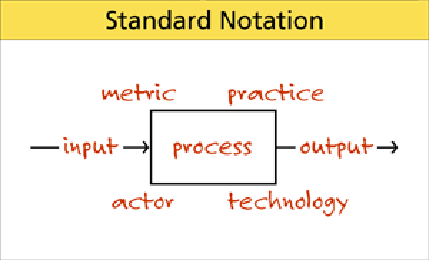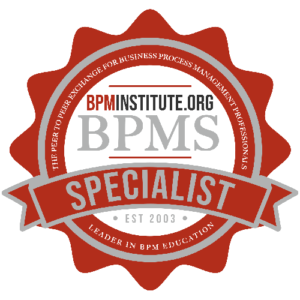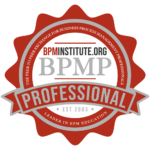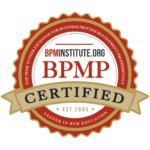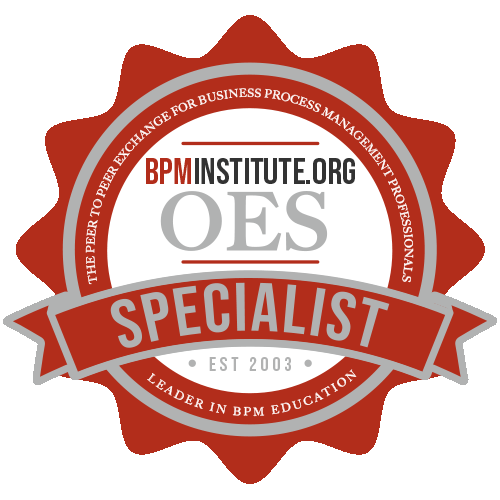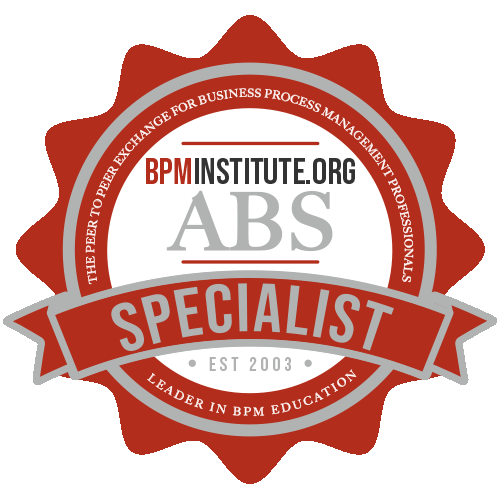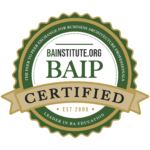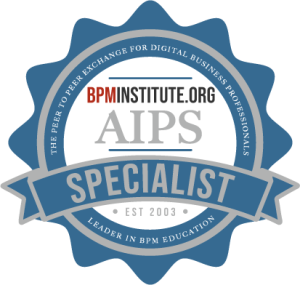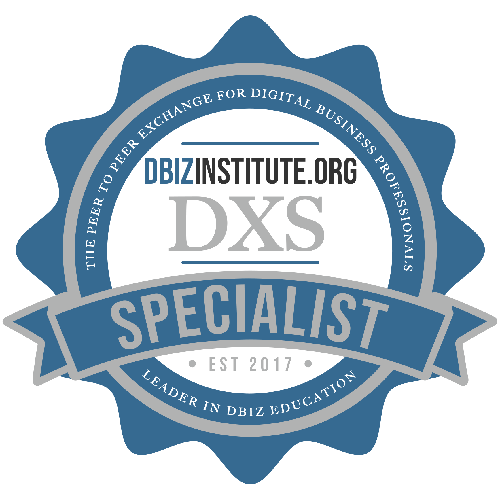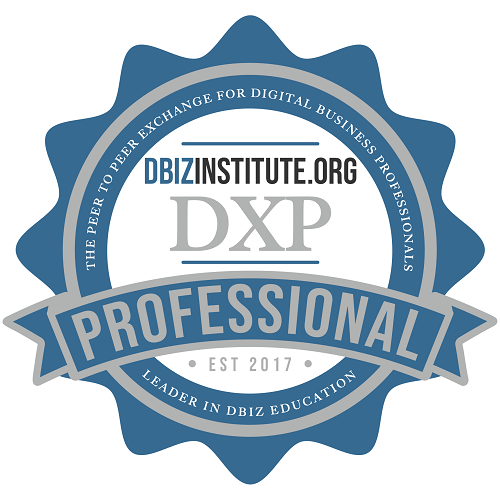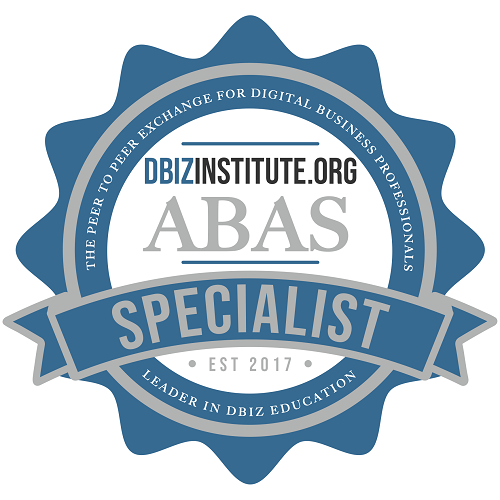Organizations are often mystified at how to implement Service Oriented Architecture (SOA). Leaders yearn to sprinkle magic ‘SOA pixie dust’ on their IT organization and transform design and development processes. But holistic architectures are not created by accident. Best practices are forged through the application of engineering discipline and rigor.
Many Global 2000 companies are not ready to embrace services. The design and development teams must first learn how to properly govern their IT processes.




